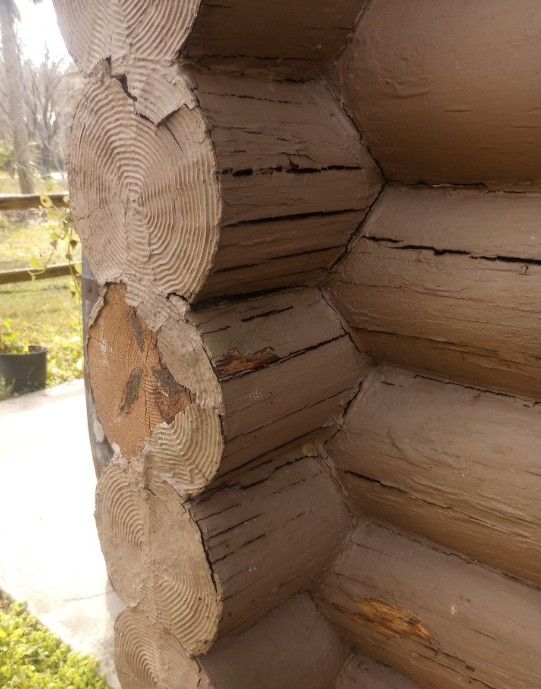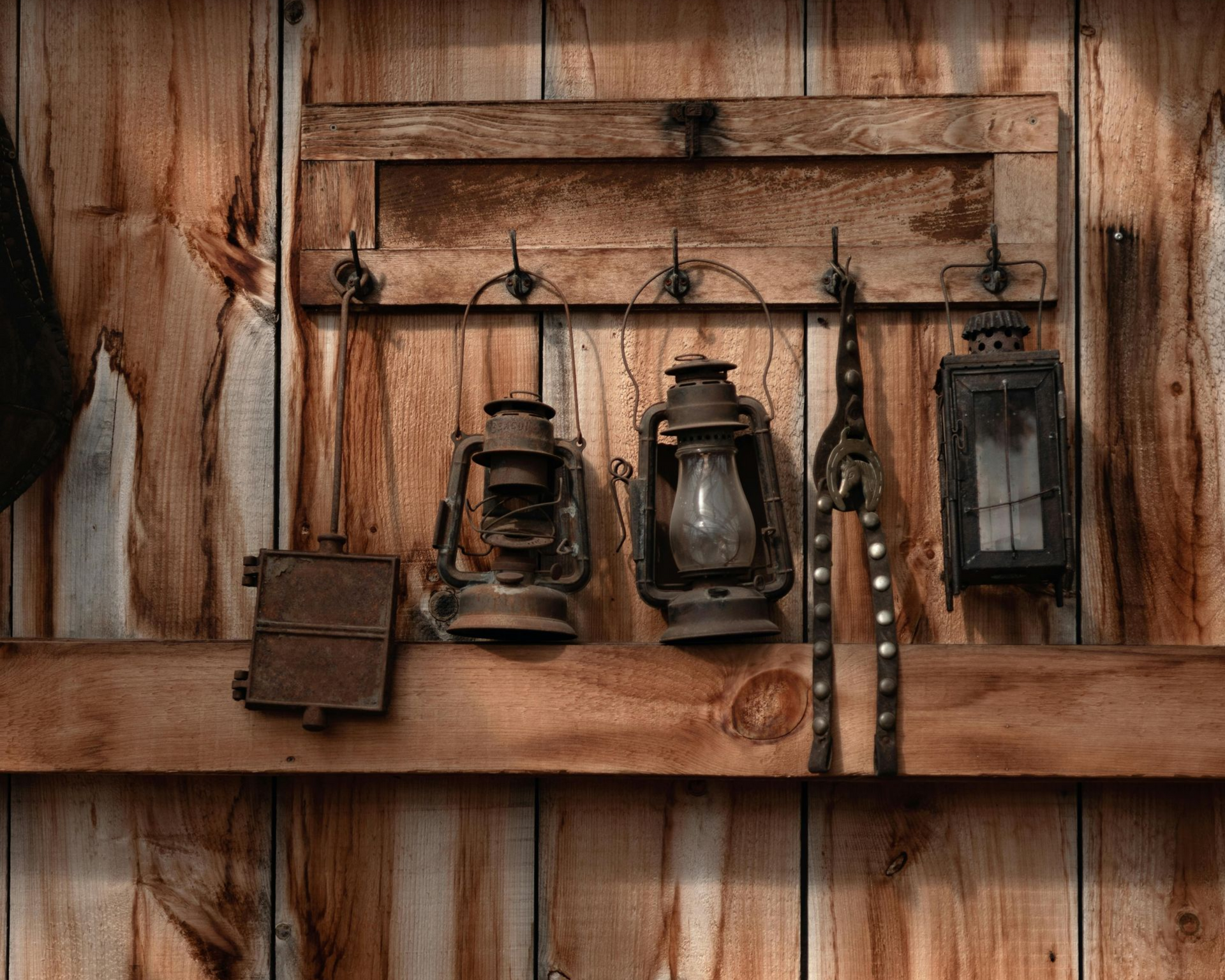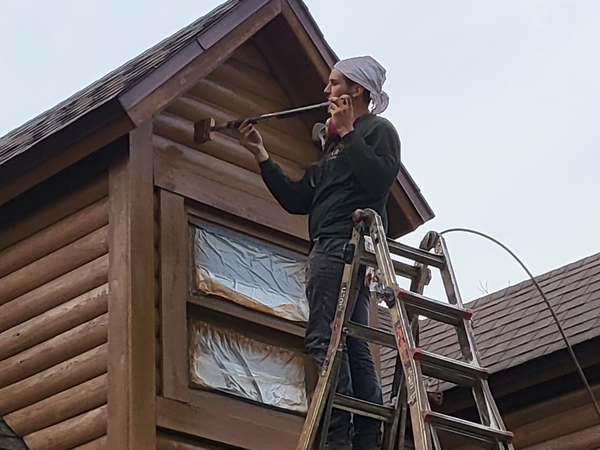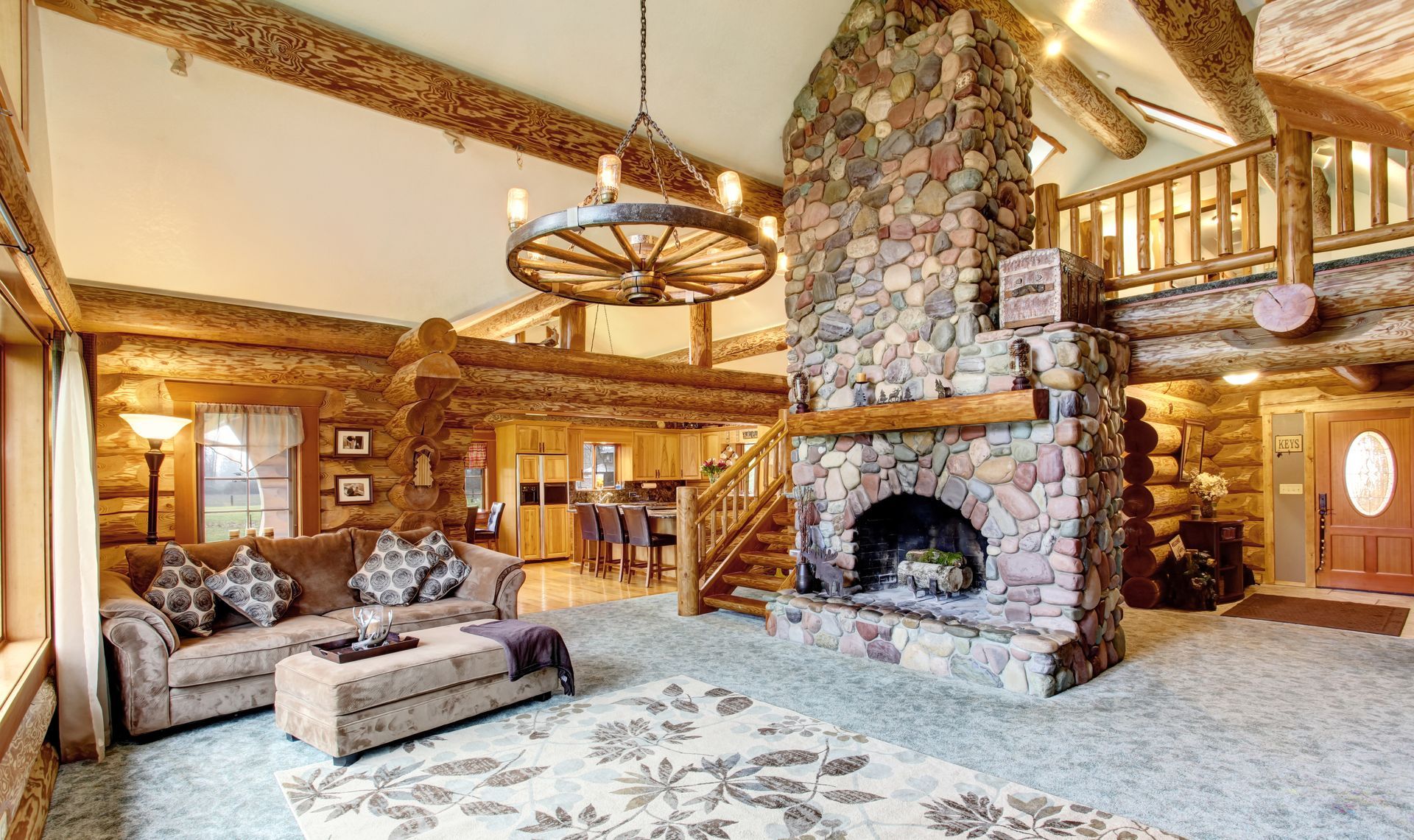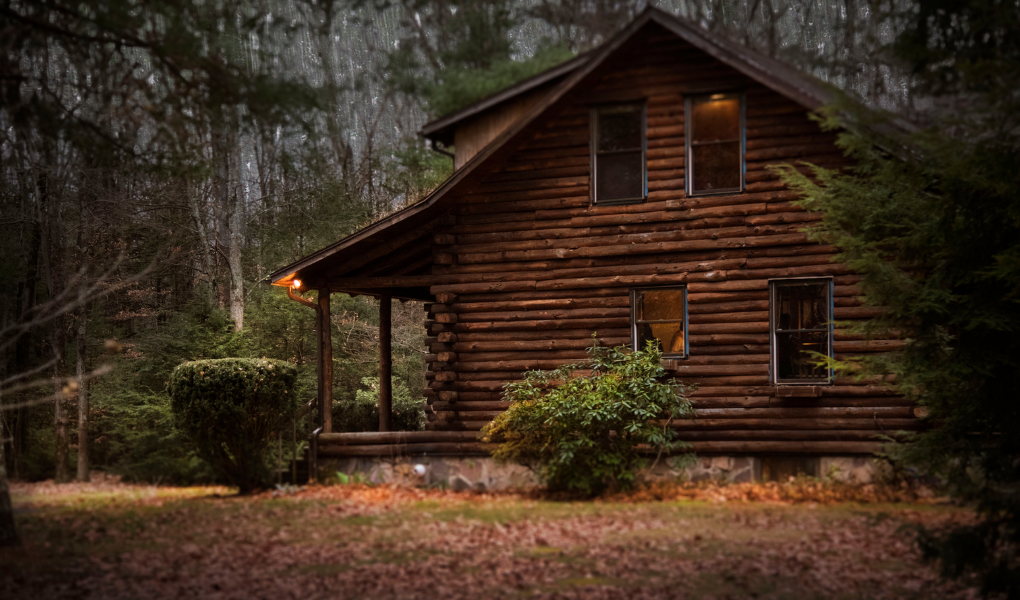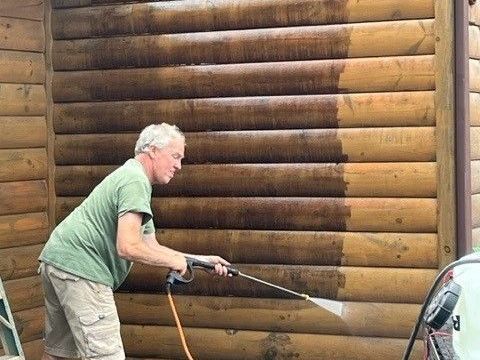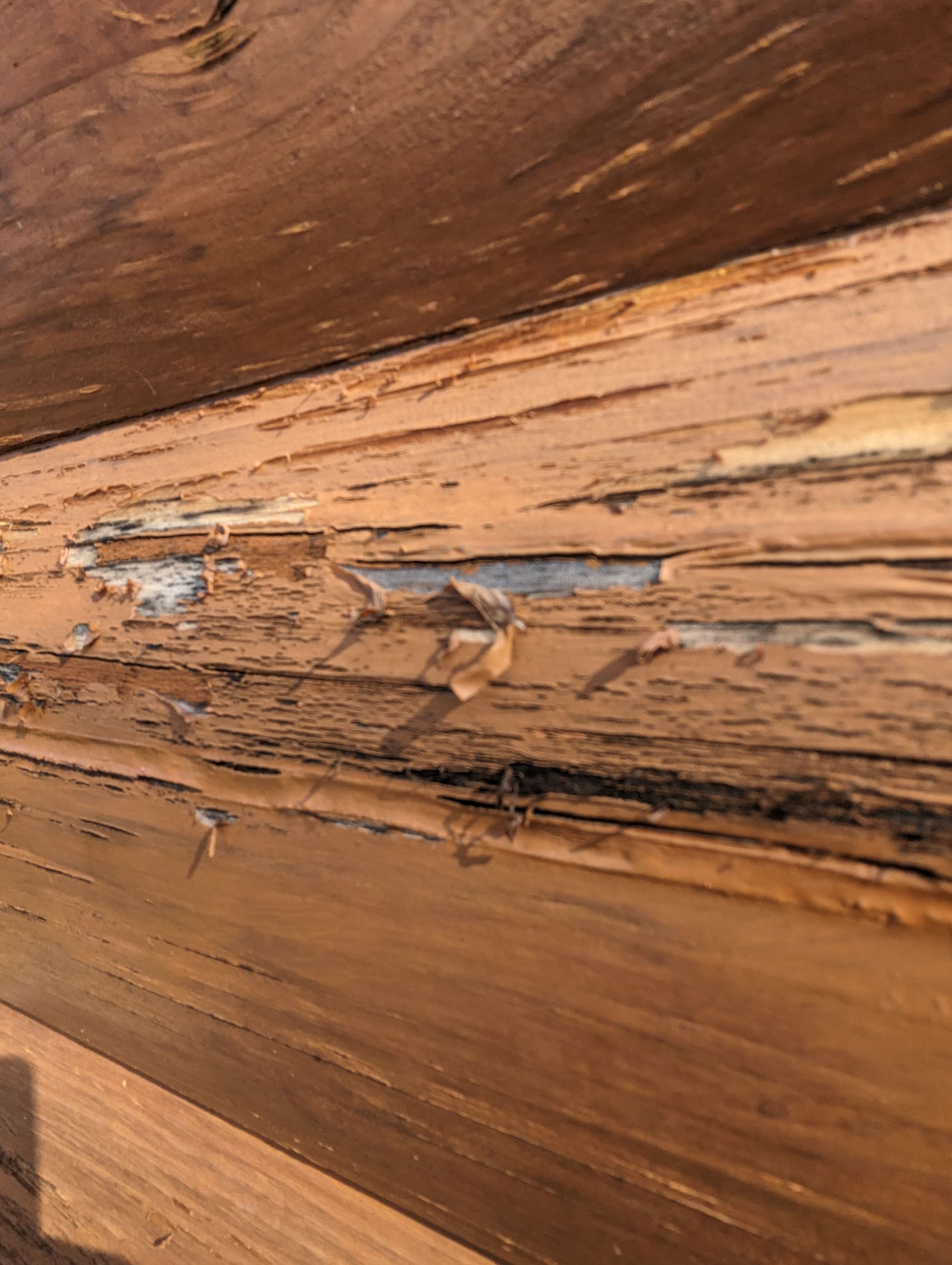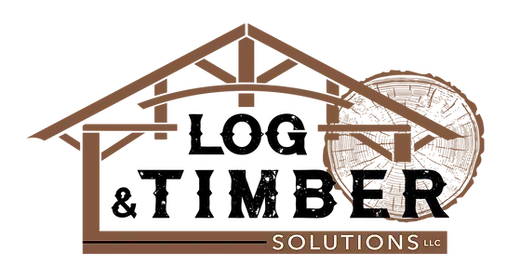Log Cabin Living Checklist of Unexpected Costs and Maintenance
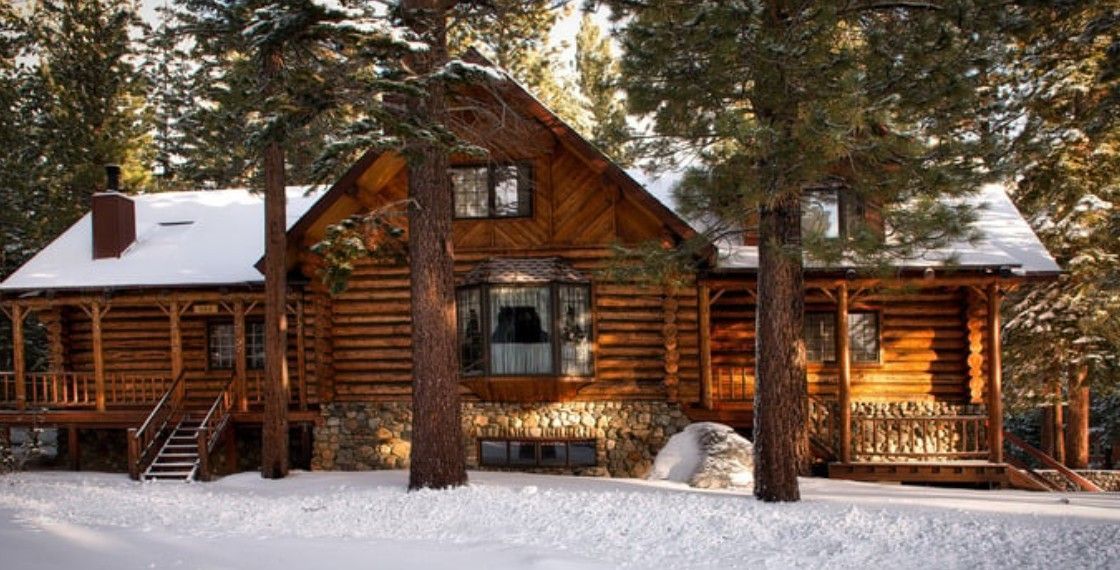
Living in a log cabin offers charm, serenity, and a connection to nature that’s hard to match. But if you’re considering this lifestyle, it’s essential to be aware of the unexpected costs and maintenance tasks that come along with it. This checklist will help you plan for expenses and upkeep to ensure your log cabin remains a cozy, functional retreat for years to come.
1. The Protection System
The protection system is a critical component of a log home, yet it is often overlooked during the building process. Many log home kits either exclude a protection system or include a standard one that may not meet the homeowner's specific needs for aesthetics or long-term performance. This oversight can lead to significant costs down the line, as the protection system is essential for safeguarding the logs against moisture, UV damage, pests, and other environmental factors. Investing in the right protection system upfront is crucial to ensure the longevity, durability, and beauty of the log home.
Planning for these costs upfront will help prevent surprise financial stress during the buying or building process.
2. Routine Maintenance
Log cabins need regular upkeep to preserve their beauty and structural integrity. Key tasks include:
- Staining and Sealing: Logs should be re-stained every three to five years to protect against UV rays, moisture, and insect damage. Sealants also need regular touch-ups to maintain a weatherproof barrier.
- Pest Control: Termites, carpenter ants, and other pests are drawn to wood, making routine pest inspections and prevention a priority.
- Log Inspections: Periodically check for signs of log rot, splitting, or moisture damage. Catching and addressing issues early can save money on repairs.
Routine maintenance keeps your cabin looking and functioning its best, but it’s an ongoing commitment that can add up over time.
3. Seasonal Challenges
Each season brings its own set of challenges for log cabin owners, often leading to additional costs:
- Weatherproofing: Depending on the climate, you may need extra insulation, reinforced windows, or storm shutters to protect your cabin.
- Snow Removal: For cabins in snowy regions, clearing driveways and rooftops is crucial to prevent ice dams, structural stress, and damage. It is also crucial to remove snow drifts that may occur against exterior log walls.
- Heating Efficiency: Wood stoves or fireplaces may require extra fuel or repairs. Ensuring your heating system is efficient can also mean higher initial investments in winter preparation.
Proactively addressing these seasonal needs helps avoid costly repairs down the line.
4. Utility Considerations
Log cabins, especially those in remote areas, often require unique utility solutions that can add to your costs:
- Off-Grid Power Sources: Installing solar panels or a backup generator can be expensive but necessary.
- Water and Filtration Systems: Many cabins rely on wells or other natural water sources. A filtration system may be needed for clean, safe water.
- Septic System Maintenance: If the cabin has a septic tank, regular inspections and pump-outs are essential.
These utility considerations are critical to ensuring that your cabin remains habitable and comfortable.
5. Long-Term Repairs
Log cabins may eventually require significant repairs:
- Log Replacement: Over time, logs can deteriorate due to weather, pests, or aging. Replacing damaged logs can be costly, particularly if matched to custom finishes.
- Foundation Repairs: Shifting soil or water drainage issues can lead to foundational damage that requires professional attention.
- Roof Repairs: The exposed, rustic nature of log cabins often means more frequent roof maintenance to address wear and tear from the elements.
Setting aside funds for these long-term repairs can help you avoid financial strain when they arise.
6. Insurance and Legal Fees
Owning a log cabin may also come with specialized insurance and legal considerations:
- Insurance: Log cabins often require specialized policies due to their unique construction and remote locations. Insurance costs tend to be higher for coverage against fires, weather events, or damage caused by pests. In certain regions, insuring log homes has become increasingly challenging. In states like Florida, many insurance carriers are now discontinuing coverage for log homes altogether.
- Legal Fees: If your property is in a rural area, there may be specific zoning laws or homeowner association restrictions. Consulting with a legal expert can help you ensure compliance and avoid costly penalties.
Investing in the right insurance and legal guidance protects your investment and gives you peace of mind.
7. Plan and Budget for Success
Owning a log cabin is a rewarding experience, but it requires careful financial planning to cover both initial and ongoing costs. Here are a few tips to help:
- Create a Maintenance Schedule: Set up a timeline for routine tasks such as staining and inspections to stay on top of care.
- Set Aside a Repair Fund: Aim to save 1% to 2% of your cabin’s value each year for unexpected repairs.
- Consult Professionals: Work with experienced log cabin contractors, inspectors, and insurance providers for accurate cost estimates and advice.
By planning ahead and staying organized, you can enjoy the rustic charm of log cabin living without the stress of financial surprises. With proper care, your cabin can remain a cherished retreat for generations to come.
How often should you inspect a log cabin for maintenance issues?
You should inspect your log cabin at least once a year, ideally in spring or early summer. Look for signs of moisture, rot, pest damage, or cracking (checking) in the logs. Regular inspections help catch small problems before they escalate into costly repairs.
Are log cabins more expensive to insure than traditional homes?
Insuring a log cabin can be more costly due to its distinctive construction and increased vulnerability to risks such as fire and pests. Choosing specialized insurance is essential to address these factors and provide comprehensive protection for your investment—primarily because of the higher replacement costs involved.

